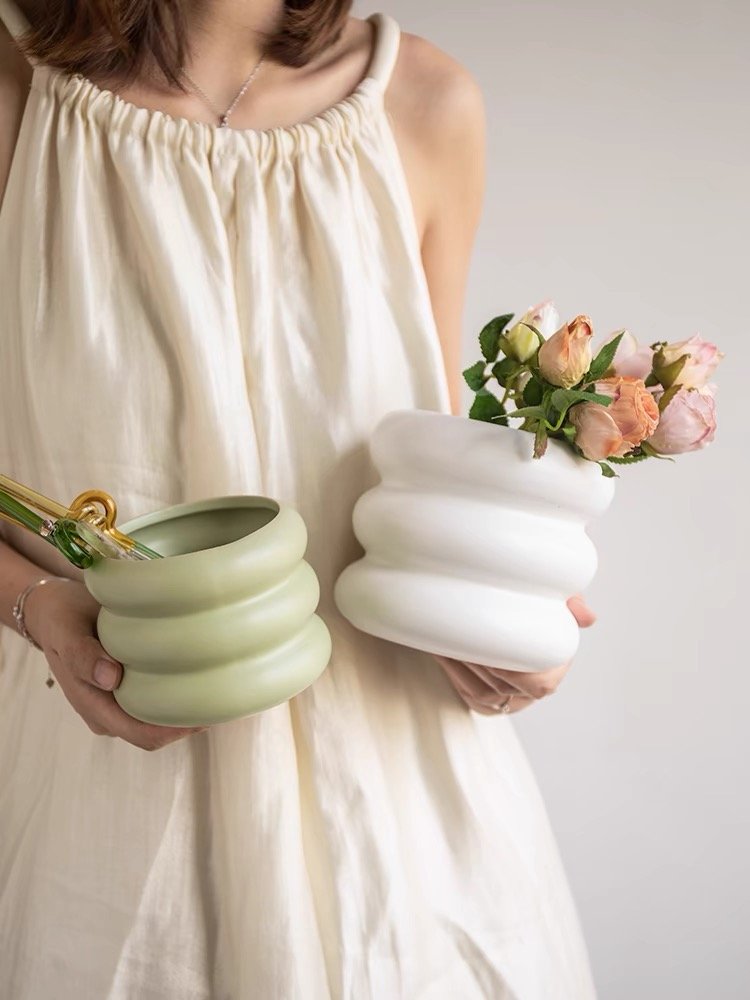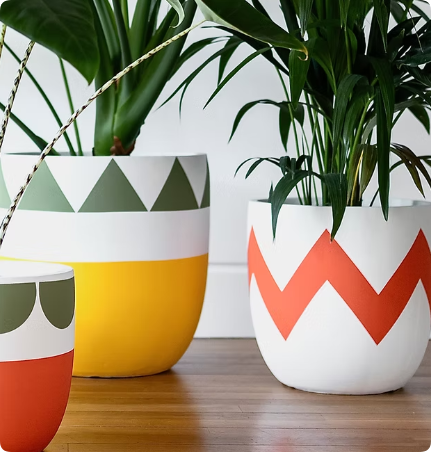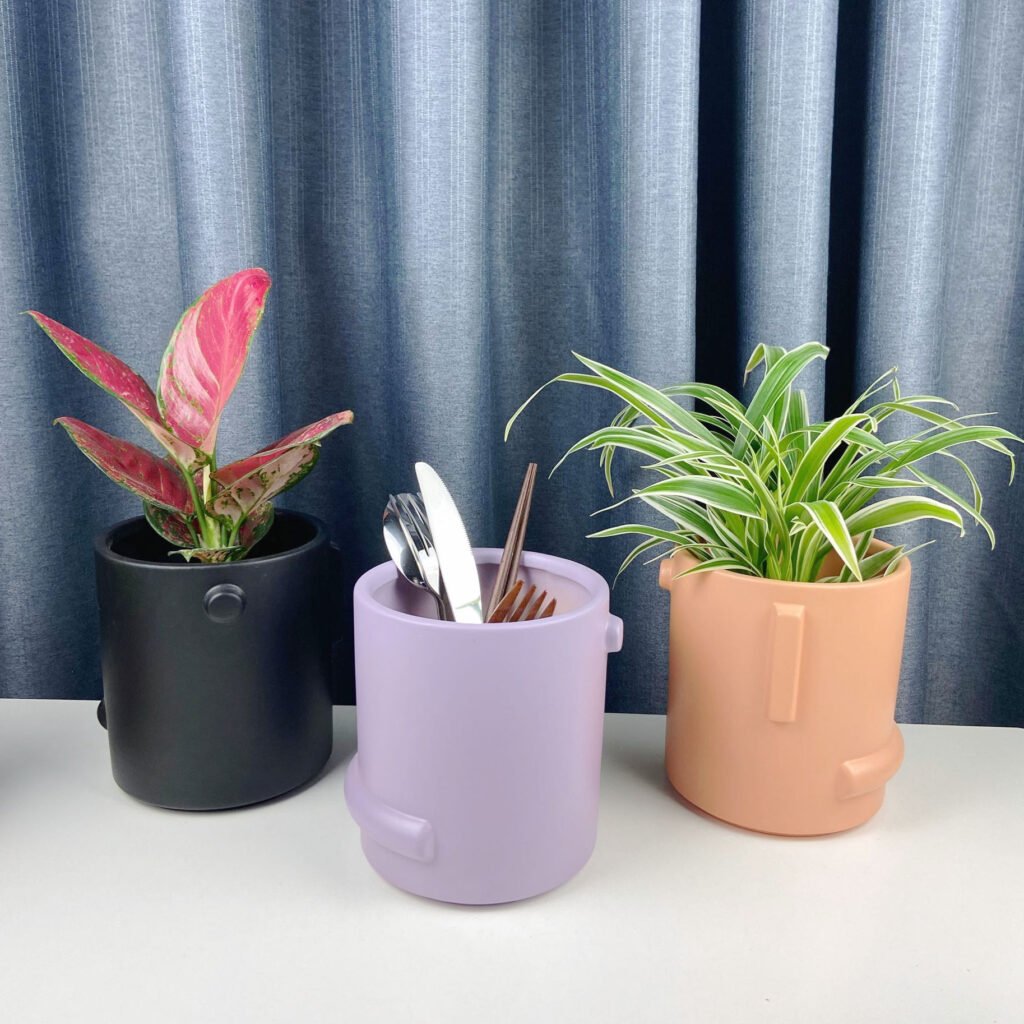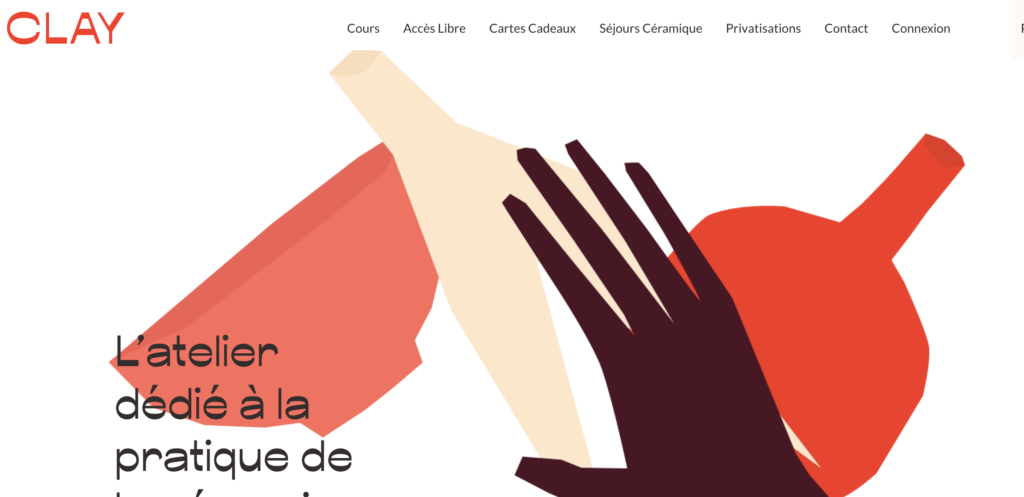In the ever-evolving world of garden design and home décor, ceramic planters continue to stand out—not just as containers for plants, but as statements of style, sustainability, and sensibility. As we look ahead to 2026, several emerging trends are already reshaping how global buyers—from lifestyle retailers to cross-border e-commerce brands—choose the planters that define their collections.
This article dives deep into six key ceramic planter trends that are set to take center stage in 2026. Whether you’re sourcing for your next product line or curating a design-forward retail space, these insights will help you stay ahead of the curve.
1. Earthy Minimalism: Natural Tones Meet Tactile Surfaces
The “quiet luxury” trend that’s taken over fashion and interiors is now making its way into the garden. Expect to see ceramic planters in sandy beiges, olive greens, and unglazed textures dominating shelves. These pieces exude calm and timelessness, offering a clean backdrop for indoor foliage or balcony gardens.
Designers and consumers alike are leaning toward hand-finished ceramic pots with organic textures, reminiscent of raw clay and matte finishes. This style particularly appeals to retailers promoting eco-friendly, artisanal collections that feel grounded and refined.
2. Modular Planter Systems for Small Spaces
Urbanization continues to shape how people live—and plant. In 2026, we anticipate growing demand for stackable ceramic planter sets, ideal for vertical gardening in apartments and townhouses.

These systems are not only space-saving but also visually striking when paired with modern ceramic herb pots or small succulents. Their popularity is especially high among online plant stores and subscription box businesses focused on compact living solutions.
3. Hand-Painted Illustrative Designs: Art Meets Function
In a world dominated by digital design, consumers are craving authenticity. That’s why hand-painted ceramic flower pots are on the rise. These planters double as decorative art, bringing charm to interiors and personality to retail displays.

Designs in 2026 will draw inspiration from folklore, botanical sketches, and abstract art. Limited edition series—where no two pots are exactly the same—are highly sought-after by boutique garden shops and gift brands aiming for exclusive offerings.
4. Reactive Glaze Finishes Are Back—With a Twist
Reactive glazing, with its unpredictable color blends and crystalized patterns, is making a strong comeback. However, 2026’s versions feature softer transitions, layered gradients, and subtle sheen, often blending ceramic cactus planters with pastel-toned finishes.
This aesthetic perfectly aligns with mid-century modern interiors and bohemian garden corners, appealing to lifestyle brands and homeware retailers looking to stock mood-enhancing planters.
5. Dual-Use Planters: Storage Meets Greenery
The line between decor and function continues to blur. One of the standout trends for 2026 is the emergence of ceramic planters with storage functionality. Think: a ceramic pot with a detachable lid that also serves as a trinket dish, or larger pots with built-in saucers that double as shelves.

For multipurpose home decor sellers and minimalist lifestyle stores, this trend checks all the boxes: stylish, useful, and Instagram-worthy.
6. Statement Silhouettes Inspired by Architecture
Ceramic planters are stepping up as sculptural objects in their own right. Inspired by brutalist buildings, arches, and column structures, planters with bold geometry are catching the eye of designers worldwide.
These planters often come in monochrome palettes—like matte black or bone white—and work seamlessly with ceramic indoor planters for modern homes. The trend is especially strong among premium retailers who curate collections that bridge home decor and fine art.
Comparison Table: What’s Hot in 2026 vs. What’s Fading Out
| Trend | What’s In (2026) | What’s Out |
|---|---|---|
| Color Palette | Earthy neutrals, moss green, pale terracotta | Bright neon colors |
| Surface Finish | Matte, unglazed, reactive glaze | High-gloss, plasticky finishes |
| Design Features | Modular, stackable, dual-use elements | Single-purpose, bulky forms |
| Artistic Detail | Hand-painted, illustrative visuals | Generic prints or decals |
| Shape and Form | Architectural silhouettes | Overly ornate or overly rustic designs |
| Functionality | Multipurpose storage + planter designs | Decorative-only items |
🌍 Spotlight: 5 Global Ceramic Planter Brands Leading the Change
To understand how these trends translate into successful product lines, let’s look at five notable ceramic planter brands making waves internationally:
1. Lütta (Germany)
Known for their architectural flair, Lütta combines Berlin’s modernist design language with traditional ceramic craftsmanship. Their 2026 collection includes matte ceramic planters with hidden compartments, perfect for compact apartments.
2. Terravi (Spain)
Terravi focuses on illustrative hand-painted garden pots, inspired by Mediterranean landscapes. Each collection celebrates local flora and folklore, ideal for boutique stores seeking artisanal uniqueness.
3. Clayform Atelier (Canada)

This Toronto-based studio merges functionality with fashion-forward aesthetics. Their modular planter series—featuring stackable planters with drainage systems—caters to eco-conscious consumers and plant lovers in tight spaces.
4. Mino Botanica (Japan)
With a minimalist ethos and a love for imperfection, Mino Botanica is famed for their reactive glaze ceramic bonsai planters. Their 2026 series explores new glazes inspired by volcanic ash and ocean foam.
5. Verdo (Brazil)
Verdo’s design DNA blends tropical colors with industrial forms. Their latest planters introduce dual-function ceramic plant holders with embedded lighting, perfect for urban jungle themes.
Frequently Asked Questions (FAQ)
Q1: What size ceramic planter is best for indoor plants in small apartments?
A: For tight spaces, opt for ceramic pots under 6 inches in diameter, especially if they are stackable or modular. They’re perfect for herbs, succulents, or air-purifying plants.
Q2: Are hand-painted ceramic planters weather-resistant?
A: While beautiful, hand-painted ceramics are best used indoors or in covered areas unless they’re treated with outdoor-grade glazes. Always check with the manufacturer.
Q3: What’s the benefit of modular ceramic planters for retailers?
A: Modular systems allow retailers to offer flexible solutions to customers. They often encourage bundle sales and can be marketed as customizable ceramic planter sets for vertical gardens or balconies.
Q4: Can ceramic planters be customized for brand packaging?
A: Absolutely. Many factories offer custom logo ceramic planters, ideal for gift boxes, limited series, or private label branding.
Q5: What trends should cross-border sellers focus on in 2026?
A: Cross-border e-commerce sellers should focus on compact, visually appealing items—like mini ceramic succulent pots with artistic glazes—that offer high perceived value and low shipping cost.
Final Thoughts
2026 is shaping up to be a landmark year for ceramic planter design. From hand-painted artistry to architectural minimalism and functional hybrids, this versatile product category is proving it can evolve with changing lifestyles and aesthetics.
For global sourcing professionals, trend-savvy gift distributors, and DTC garden brands, now is the time to partner with manufacturers who understand these shifts and can deliver high-quality, trend-forward ceramics at scale.
Hale is a ceramic factory based in China specializing in OEM and ODM orders for planters, vases, and home décor pieces. We work with global garden brands, gift retailers, and e-commerce sellers to bring trend-ready designs to life. Whether you’re launching a new collection or refreshing your bestseller, Hale can help craft planters that grow with your business.

